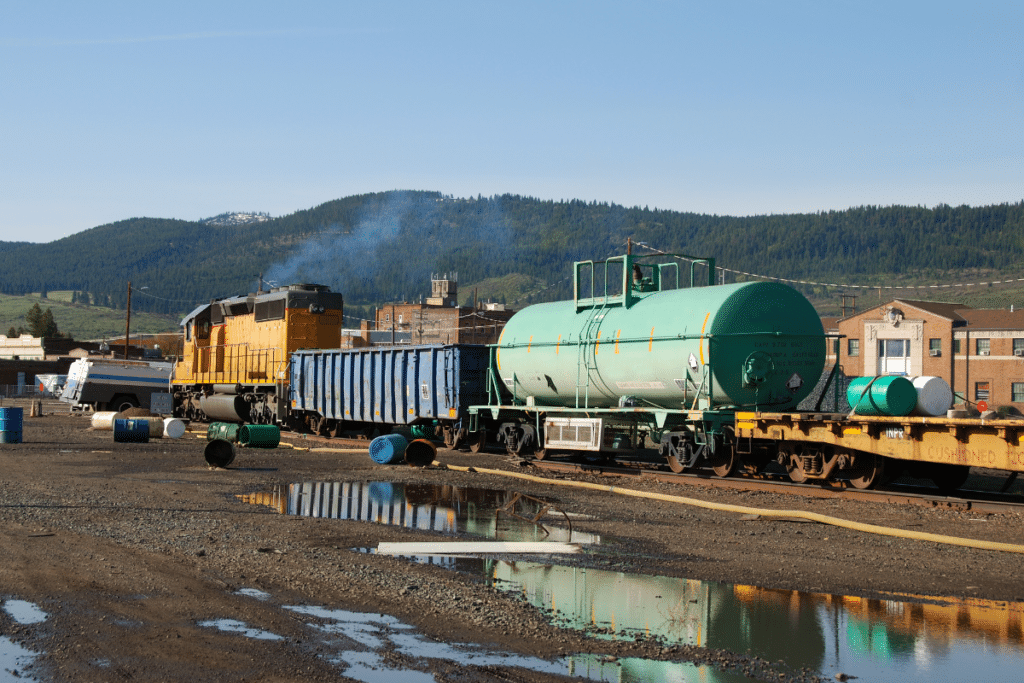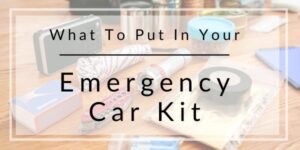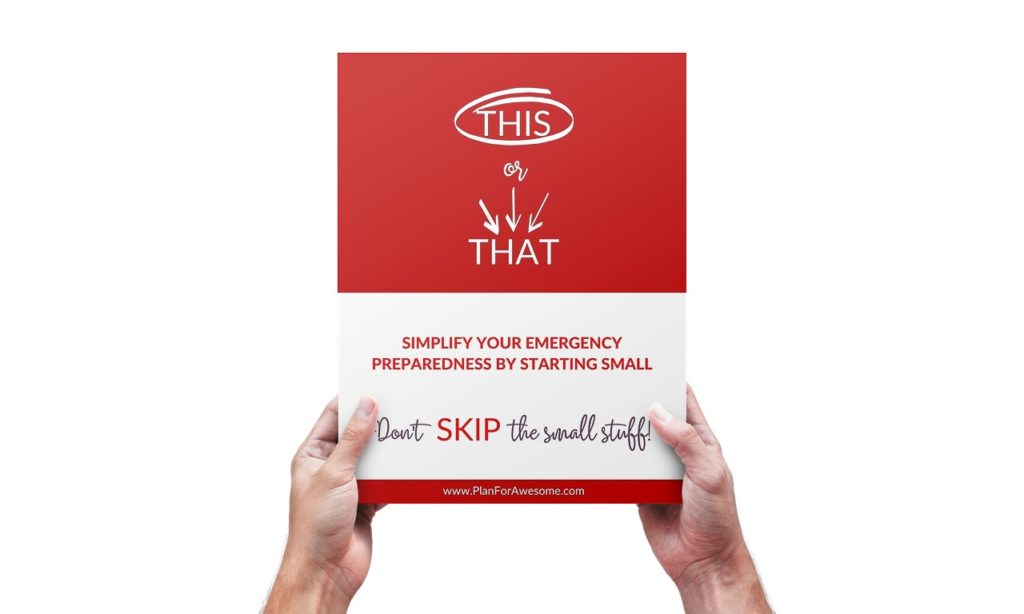
The Best Apocalyptic Movies to Watch with Your Family
Emergency Preparedness, but make it fun! This list of apocalyptic movies will give you plenty of learn by example opportunities on the importance of preparedness

**This post contains affiliate links, which means if you click on a link and make a purchase, I may make a small commission at no extra cost to you.
A hazardous materials emergency can happen anywhere. Chemicals from an explosion, train derailment, water system leak can spread through the ground, air or water. It’s important to be aware of what’s happening in your area and how you can be prepared in case you’re near a HazMat emergency.
Have you heard of East Palestine? No, it’s not across the ocean. East Palestine is a town in Ohio. In February 2023, a train carrying hazardous materials was traveling through town when 38 cars derailed.
The train cars burned for more than 2 days, partly due to explosions following the drailment and part due to a controlled burn. This burning caused hydrogen chloride and phosgene to fill the air and contaminated the soil and ground water. Residents living within a mile of the crash, were asked to evacuate.
In the aftermath, the community experienced the following:
Norfolk Southern, the managing transport company, ended up removing more than 167,000 tons of contaminated soil and more than 39 million gallons of tainted water from the area.
There is still an ongoing investigation – well over a year later.
Hazardous materials can be liquid, gas, solids or radation. Exposure can come from minor spills to large-scale disasters and pose a risk to human health, property damage and environmental disaster.
HazMats can cause the following:
You do not want to mess around with any of this!
Not every HazMat emergency will be blasted all over the Internet or news channels, here are some of the key symptoms to know and look out for:
Familiarize yourself with any potential hazards in your area. Do you live near an active railroad track? What about a chemical plant? It’s important to be aware of the ‘what ifs’ in your surrounding area.
There are a few key things to know and do when it comes to a HazMat emergency plan.
If you’ve been around Plan for Awesome for awhile, this is one of those situations where all of the different topics will come together! This would be a great time to review the different areas of preparedness.
We just talked about sheltering in place, but what if you’re like the residents of East Palestine and you’re asked to evacuate the area? Does your family know where to go? Do you know how you would communicate if you were separated before or during an evacuation?
If you have all of the above ready to go, you’re still not done! Make sure that you practice what to do and review where things are located regularly. Everyone in your house should know where to find supplies and what to do in case of a HazMat emergency. My family typically has an emergency preparedness weekend twice a year where we review our emergency plans and rotate supplies – once in the Spring and once in the Fall. Create a system that works for your family.
If you’re feeling overwhelmed and still not sure where to even get started with all of this preparedness talk, consider joining the Personalized Preparedness membership. You’ll find information, courses and workshops on all of these topics (and so much more)!
I’m going to say something really important first:
DO NOT ATTEMPT TO CLEAN UP HAZMATS YOURSELF.
You might think you’re helping and it’s good that you want to help minimize damage and exposure. But, hazardous materials are not something to mess around with. There is a right way and a wrong way to clean up, so it’s best to leave this one to the experts.
Here are a few things you CAN do thought:
If you’ve come in contact with chemicals, do the following:
Even with all the medical and technology advancements, there is still a lot we don’t know about the variety of harmful chemicals in this world.
But, that doesn’t mean you’re helpless. By taking the appropriate steps, you can do your part to help keep yourself and your family safer from a potential hazardous materials emergency.

Emergency Preparedness, but make it fun! This list of apocalyptic movies will give you plenty of learn by example opportunities on the importance of preparedness

In order to prepare kids for emergencies, you first need to tackle the obvious – disaster anxiety is real! This post addresses that and gives you resources to help teach your kids about preparedness without scaring them.

Use this comprehensive list of essentials to DIY your emergency car kit. Let vehicle size and location help you decide which items you should keep in your car.

